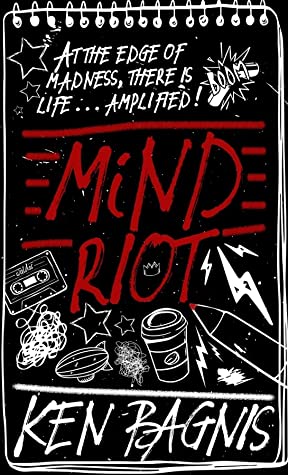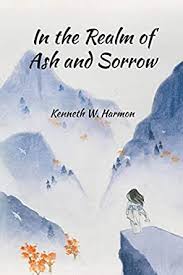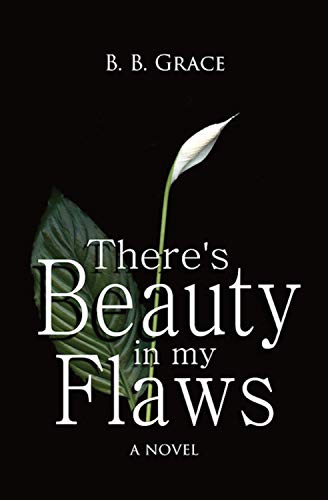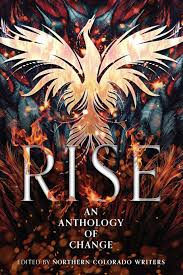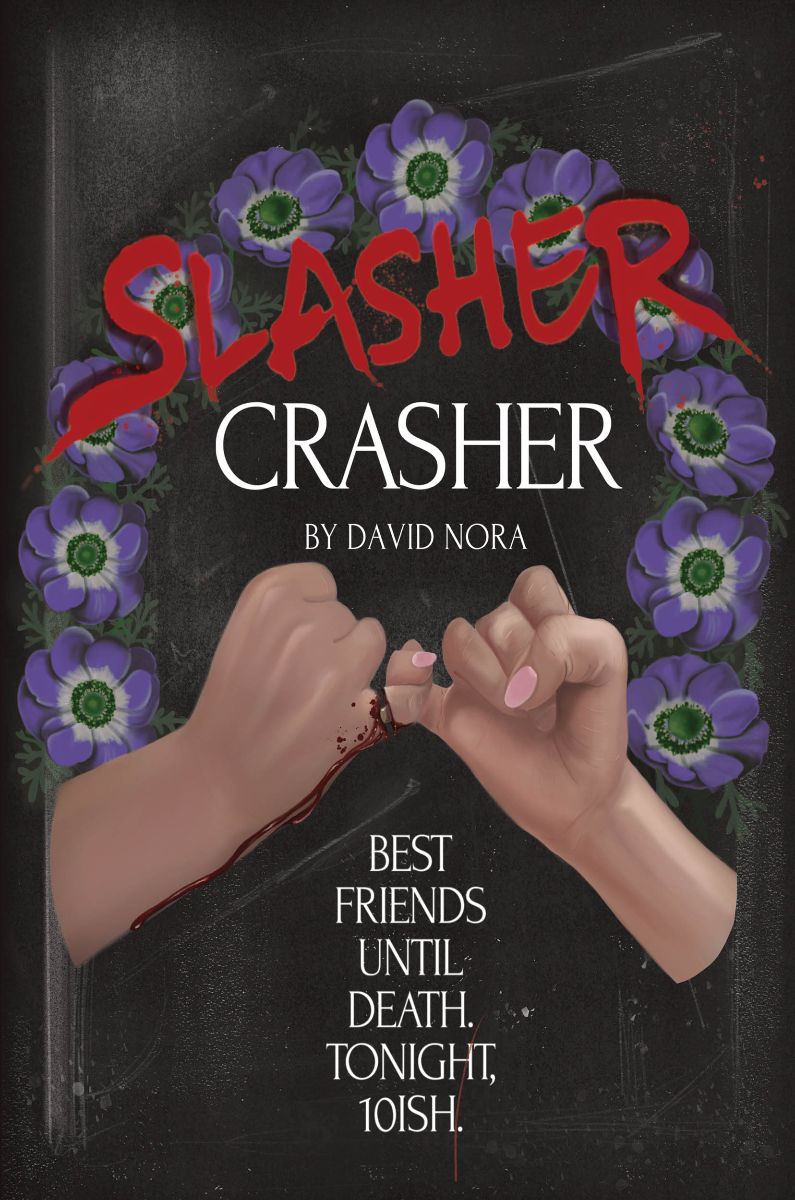In Crosswind, Dr. Katrin Nissen, professor of botany at Yale University (and trained operative) is sent to Berlin in search of an M-16 operative. Dieter Weiss has disappeared, along with important microfilm. Katrin must find her colleague under the cover of a “Plant Sociology” conference (more on this later). The twisting plot includes the deaths of University botanists, a serial killer, and the pervasive presence of the Gestapo.
The narrative shifts between Katrin’s POV and other perspectives, giving the reader an immersive sense of Nazi Germany. Author Karen Brees studied history in college and grad school, and she clearly understands the necessary balance between historical detail and storytelling. You’re going to have to work to remember that Crosswind is fiction.
At its best, historical fiction has current relevance. The notion of a conference on Plant Sociology seems silly, but the scenario is built on actual history. The Nazis were interested in “bioethics” with its attending desire for “native plants” and the effort to weed out undesirable flora—a short step away from ethnic cleansing. Just as frightening is the novel’s depiction of academia’s readiness to adopt an ideologically informed stance and call it science.
Katrin Nissen is a marvelous character. Brees melds history, character, setting, and relevant themes to craft a first-rate suspense thriller. I loved this book. (Five stars out of five)



